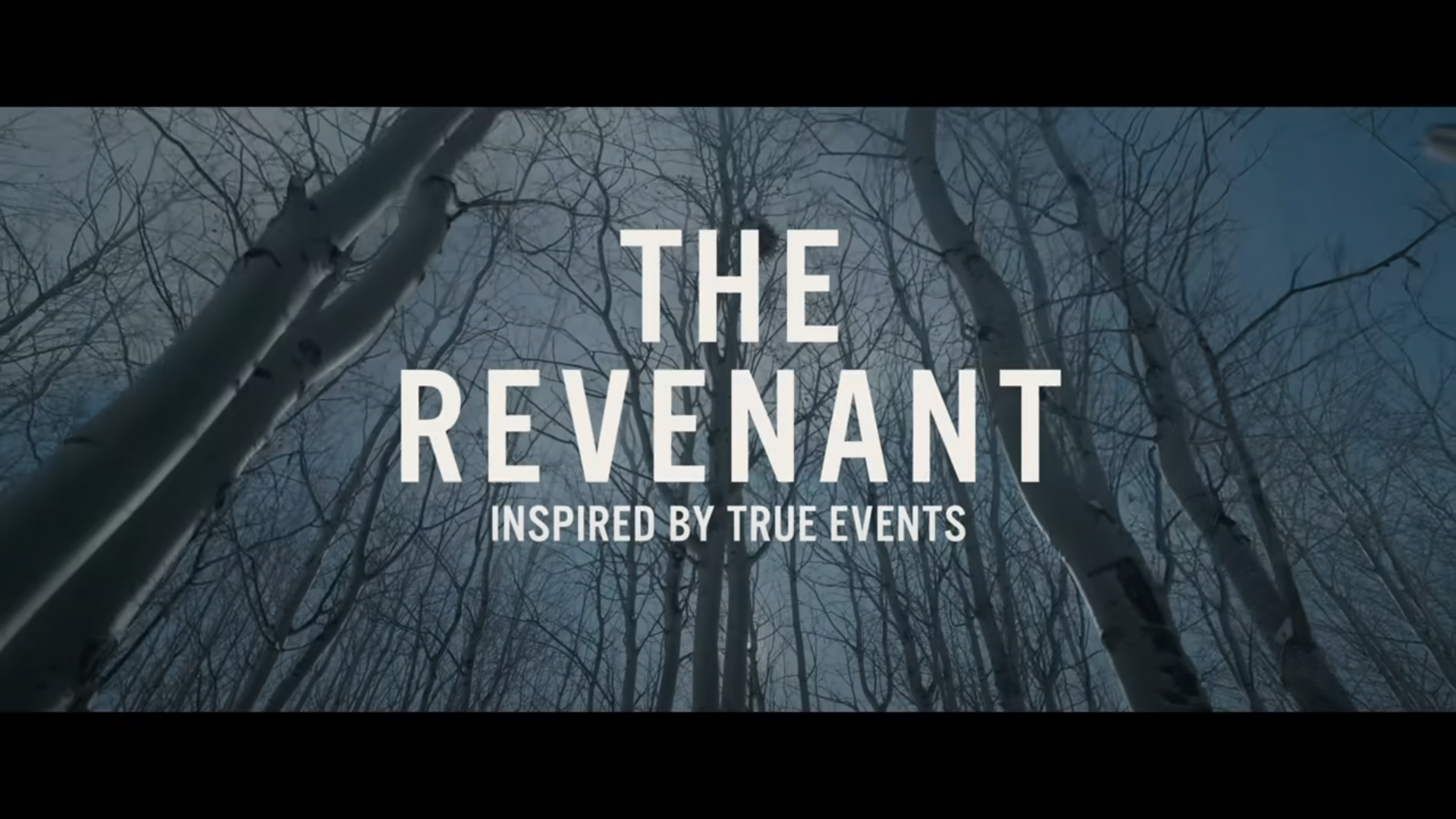Martha Marcy May Marlene is a haunting film that delicately weaves together themes of trauma, identity, and the lasting effects of abuse. Its intricate narrative structure leaves viewers with lingering questions, particularly in the wake of the film’s ambiguous ending. This post delves into what the conclusion of this thought-provoking film reveals about trauma, memory, and the struggle for personal healing.
Understanding the Plot: A Brief Overview
Before diving into the film’s ending, it’s important to examine the plot. The story revolves around Martha, a young woman who escapes from a cult where she was manipulated and abused. Following her escape, she seeks refuge with her sister, Lucy, and Lucy’s husband, Ted. The film alternates between Martha’s turbulent present and her harrowing past, gradually revealing the trauma she faced in the cult. This nonlinear narrative not only reflects Martha’s fractured psyche but also serves to immerse the audience in her emotional turmoil.
Martha’s attempt to adjust to a domestic life is fraught with challenges, as she struggles to adapt to a sense of normalcy while dealing with the weight of her traumatic experiences. Her paranoia, intrusive memories, and dissociative episodes highlight the psychological scars left by her time in the cult, making viewers acutely aware of the lasting impact of trauma on an individual.
The Ending: A Closer Look
The film concludes with a chilling scene that revisits Martha’s experiences. After a sequence of escalating tension and paranoia, the final moments show Martha in a state of distress as she hears the voices of her former cult members. The ominous imagery and the sounds of the cult’s songs signify that her trauma is not purely in the past but continues to haunt her, suggesting an enduring cycle of psychological struggle.
This haunting conclusion leaves viewers grappling with the question: can one truly escape trauma? Martha’s return to a state of fear and confusion signals that while she has physically removed herself from the cult, the psychological chains remain unbroken.
The Reality of Trauma: Psychological Effects
Trauma can fragment one’s sense of identity and perceptions of reality. It is common for trauma survivors to experience flashbacks, dissociative episodes, and anxiety. Martha embodies these characteristics, showcasing how deeply ingrained trauma can interfere with daily life. Her behavior highlights a fundamental truth: even after leaving a harmful situation, healing is often a long and difficult journey.
The film’s nonlinear narrative effectively mirrors the disoriented state of trauma victims. Individuals like Martha may find it challenging to make sense of their experiences time-wise, often oscillating between past traumas and present realities. This disassociation can foster feelings of loneliness, as trauma survivors face barriers in communicating their experiences to others who may not understand what they’ve endured.
Ambiguity and Uncertainty: The Spiral of Trauma
The ambiguity of the film’s ending serves as a powerful illustration of the uncertainty that accompanies trauma. Despite Martha’s attempts to reintegrate into a world that seems normal, her perception of reality is forever altered. The residual effects of trauma can lead to a pervasive sense of loss, where survivors often feel disconnected from others and themselves.
Additionally, the film insists that recovery is not a linear path. Martha’s return to a state of fear illustrates that relapse can occur, emphasizing the cyclical nature of trauma and healing. This cyclical process can leave survivors feeling trapped, much like Martha, who hears the haunting voices of her past echoing through her mind.
The Role of Relationships in Trauma Recovery
Another critical aspect of the film is how relationships affect the healing process. Martha’s interactions with her sister Lucy and brother-in-law Ted are complicated and fraught with tension. Their desire to help her clashes with Martha’s inability to communicate her experiences, leading to misunderstandings and deepening her isolation.
The film emphasizes that supportive relationships are crucial for recovery, yet they can be challenging for trauma survivors. Many may find it hard to let others in, fearful of judgment or misunderstanding. The widening gap between Martha and her family reflects a common trend seen in trauma survivors who grapple with vulnerability and intimacy.
The Concept of Identity in the Aftermath of Trauma
Identity is often shattered in the wake of trauma, as individuals grapple with altered perceptions of themselves and their place in the world. Martha’s shifting identity—from Martha to Marcy May—illustrates this struggle. As she attempts to reclaim her identity, her past continuously invades her present, creating a profound dissonance within herself.
This loss of identity may lead many trauma survivors to question their value or reality. In the film, Martha’s struggle to understand who she is after the cult serves as a reminder of the steep climb faced by those seeking to rebuild their lives. The film ultimately poses essential questions about identity: Who are we after trauma? How do we reclaim the parts of ourselves lost in abusive environments?
Conclusion: Lessons on Trauma from Martha Marcy May Marlene
The ending of Martha Marcy May Marlene is a powerful commentary on the enduring effects of trauma, illustrating that escape does not always equate to healing. The film captures the intricate, often painful journey survivors face as they navigate their fractured identities and relationships. It highlights the importance of understanding trauma from a psychological perspective, recognizing the multifaceted nature of recovery.
Ultimately, the film leaves viewers pondering the complexities of healing, relationships, and identity. The psychological scars of trauma can be profound, and while some may find ways to cope or heal, others may remain trapped within their haunting memories. Martha’s journey is a stark reminder of the deep-seated impacts of trauma and underscores the importance of compassion and support for those on their journey to recovery.
FAQs
What themes does Martha Marcy May Marlene explore?
The film explores themes of trauma, identity, familial relationships, and the lasting impact of abuse. It delves into how past experiences shape present realities.
How does trauma impact a person’s identity?
Trauma can cause significant disruptions to an individual’s sense of self, often leading to disassociation, confusion about one’s identity, and a struggle to reclaim the parts of oneself that were lost.
What can we learn about relationships from the film?
The film illustrates the importance of supportive relationships in the recovery process, while also highlighting the challenges trauma survivors face when reconnecting with loved ones.
Is the ending of the film conclusive or open-ended?
The ending is intentionally ambiguous, illustrating that while Martha has escaped the physical confines of the cult, the psychological hold it has on her remains unresolved.
What are some common effects of trauma shown in the film?
Common effects depicted include flashbacks, dissociation, anxiety, paranoia, and difficulty in forming relationships, showcasing the complex nature of trauma recovery.



